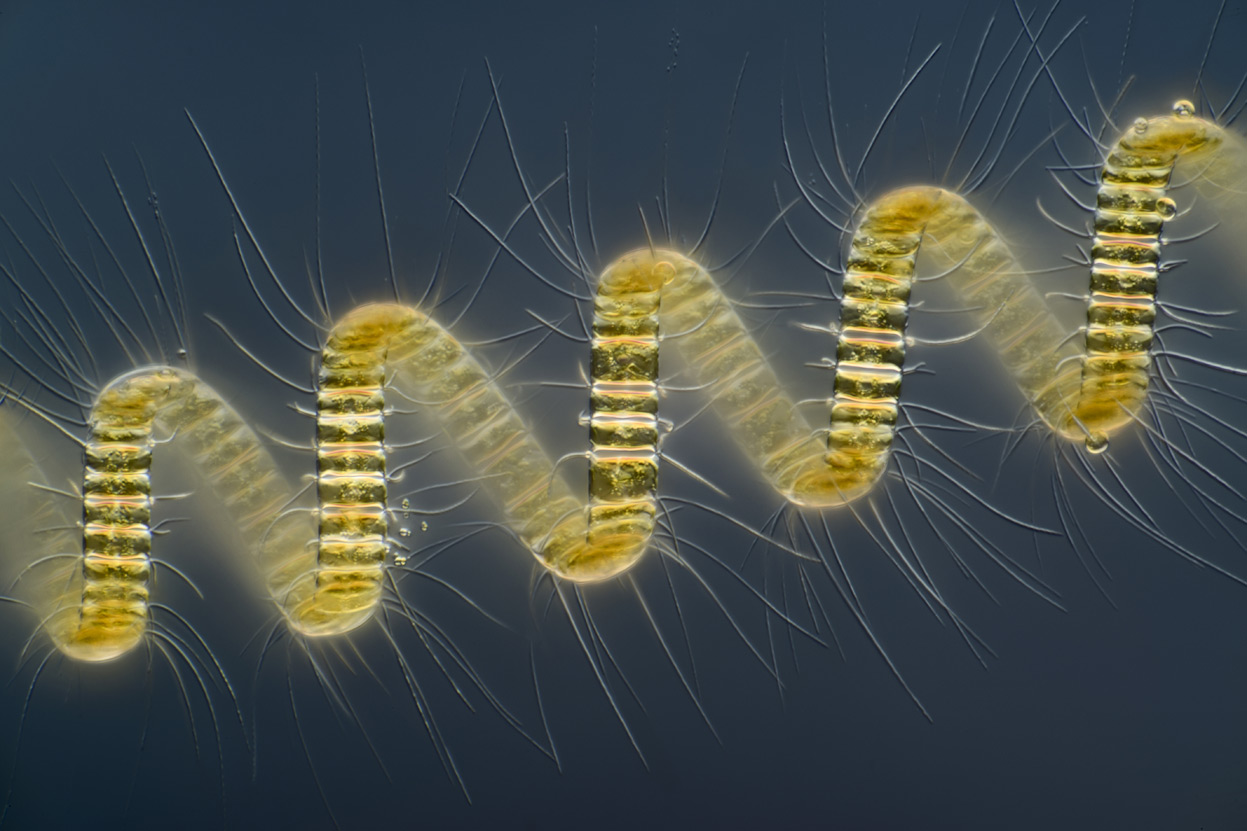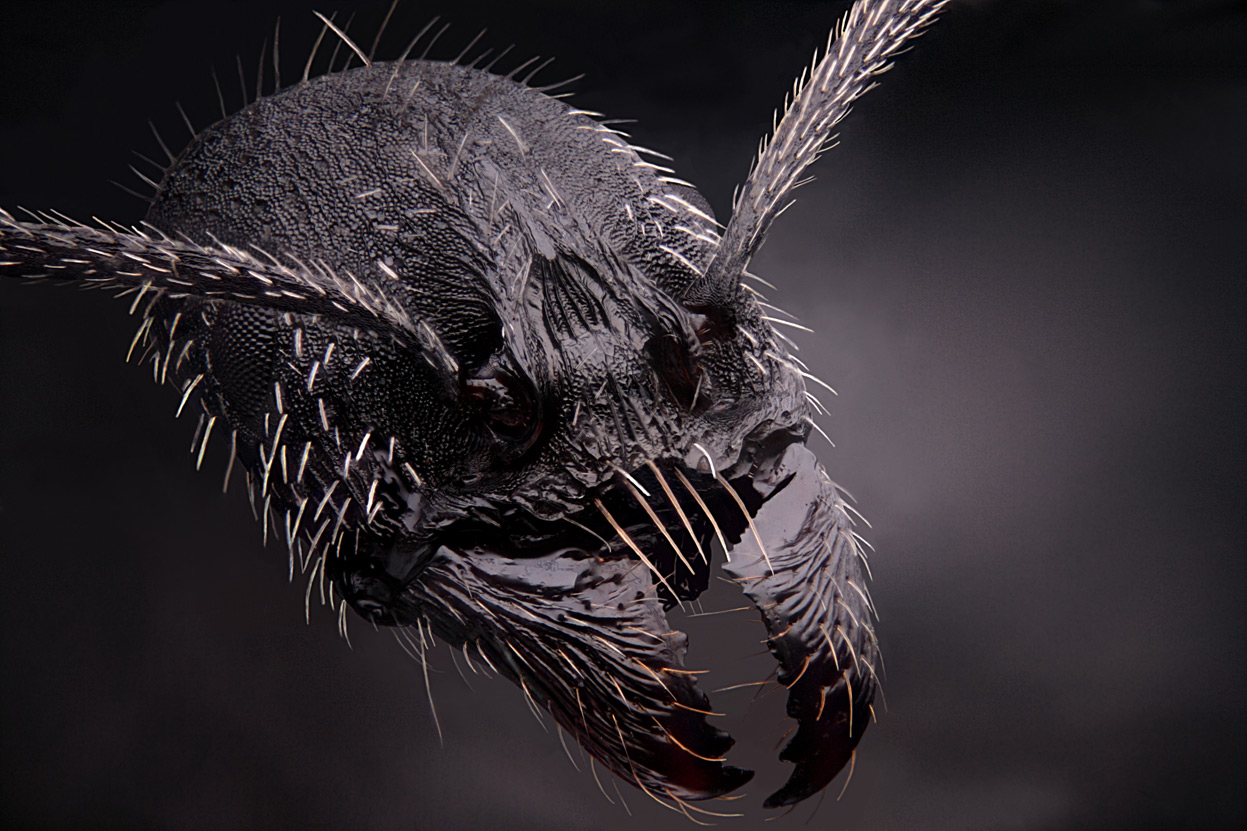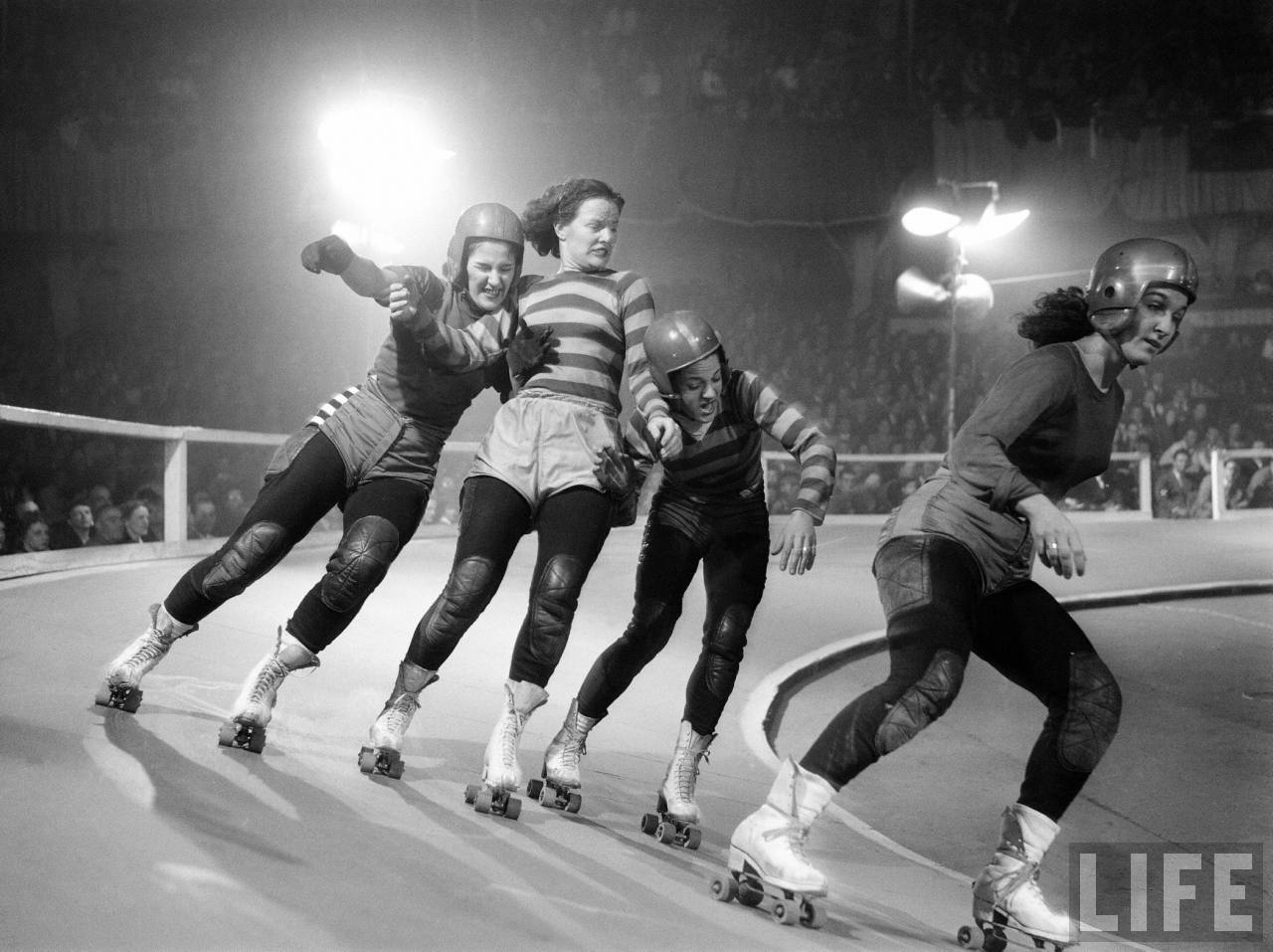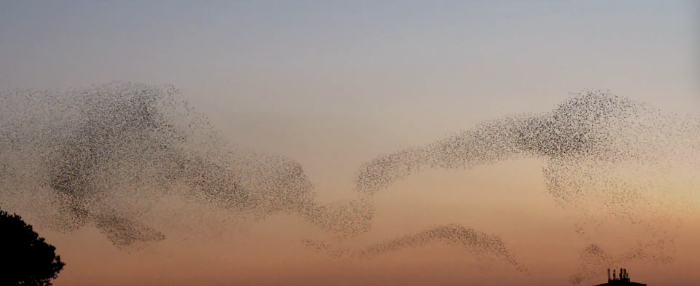Edited from a piece by Natalie Angier in the NY Times. Click here to read the whole thing (I chopped out the intro for length, but read it if you can).
“If you’re supremely confident of your skills, and if you’re certain that what you’re doing is for the good of your patients,” says Dr. Robert A. Burton, “it can be very difficult to know on your own when you’re veering into dangerous territory.”
The author of “On Being Certain” and the coming “A Skeptic’s Guide to the Mind,” Dr. Burton is a contributor to a scholarly yet surprisingly sprightly volume called “Pathological Altruism,” to be published this fall by Oxford University Press.
As the new book makes clear, pathological altruism is not limited to showcase acts of self-sacrifice, like donating a kidney or a part of one’s liver to a total stranger. The book is the first comprehensive treatment of the idea that when ostensibly generous “how can I help you?” behaviour is taken to extremes, misapplied or stridently rhapsodised, it can become unhelpful, unproductive and even destructive.
Selflessness gone awry may play a role in a broad variety of disorders, including anorexia and animal hoarding, women who put up with abusive partners and men who abide alcoholic ones.
Because a certain degree of selfless behaviour is essential to the smooth performance of any human group, selflessness run amok can crop up in political contexts. It fosters the exhilarating sensation of righteous indignation, the belief in the purity of your team and your cause and the perfidiousness of all competing teams and causes.
David Brin, a physicist and science fiction writer, argues in one chapter that sanctimony can be as physically addictive as any recreational drug, and as destabilising. “A relentless addiction to indignation may be one of the chief drivers of obstinate dogmatism,” he writes. “It may be the ultimate propellant behind the current ‘culture war.’ ” Not to mention an epidemic of blogorrhea, newspaper-induced hypertension and the use of a hot, steeped beverage as one’s political mascot.
Barbara Oakley, an associate professor of engineering at Oakland University in Michigan and an editor of the new volume, said in an interview that when she first began talking about its theme at medical or social science conferences, “people looked at me as though I’d just grown goat horns. They said, ‘But altruism by definition can never be pathological.’ ”
To Dr. Oakley, the resistance was telling. “It epitomised the idea ‘I know how to do the right thing, and when I decide to do the right thing it can never be called pathological,’ ” she said.
Indeed, the study of altruism, generosity and other affiliative behaviours has lately been quite fashionable in academia, partly as a counterweight to the harsher, selfish-gene renderings of Darwinism, and partly on the financing bounty of organisations like the John Templeton Foundation. Many researchers point out that human beings are a spectacularly cooperative species, far surpassing other animals in the willingness to work closely and amicably with non-kin. Our altruistic impulse, they say, is no mere crown jewel of humanity; it is the bedrock on which we stand.
Yet given her professional background, Dr. Oakley couldn’t help doubting altruism’s exalted reputation. “I’m not looking at altruism as a sacred thing from on high,” she said. “I’m looking at it as an engineer.”
And by the first rule of engineering, she said, “there is no such thing as a free lunch; there are always trade-offs.” If you increase order in one place, you must decrease it somewhere else.
Moreover, the laws of thermodynamics dictate that the transfer of energy will itself exact a tax, which means that the overall disorder churned up by the transaction will be slightly greater than the new orderliness created. None of which is to argue against good deeds, Dr. Oakley said, but rather to adopt a bit of an engineer’s mind-set, and be prepared for energy losses and your own limitations.
Train nurses to be highly empathetic and, yes, their patients will love them. But studies show that empathetic nurses burn out and leave the profession more quickly than do their peers who remain aloof. Give generously to Child A, and Child B will immediately howl foul, while quiet Child C will grow up and write nasty novels about you. “Pathologies of altruism,” as Dr. Oakley put it, “are bound to arise.”
Rachel Bachner-Melman, a clinical psychologist at Hadassah University Medical Center in Jerusalem who specialises in eating disorders, has seen the impact of extreme selflessness on the anorexic young women who populate her ward.
“They are terribly sensitive to the needs of those around them,” she said in an interview. “They know who needs to be pushed in a wheelchair, who needs a word of encouragement, who needs to be fed.”
Yet the spectral empaths will express no desires of their own. “They try to hide their needs or deny their needs or pretend their needs don’t exist,” Dr. Bachner-Melman went on. “They barely feel they have the right to exist themselves.” They apologize for themselves, for the hated, hollow self, by giving, ceaselessly giving.
In therapy they are reminded that to give requires that first one must have. “It’s like in an airplane,” Dr. Bachner-Melman said. “The parents must put on the oxygen mask first, not because they’re more important, but if the parents can’t breathe, they can’t help the child.”
Denial and mental compartmentalisation also characterise people who stay in abusive relationships, who persuade themselves that with enough self-sacrifice and fluttering indulgence their beloved batterer or drunken spouse will reform. Extreme sensory denial defines the practice of animal hoarding, in which people keep far more pets than they can care for — dozens, scores, hundreds of cats, rodents, ferrets, turtles.
The hoarders may otherwise be high-functioning individuals, says Dr. Gary J. Patronek, a clinical assistant professor at the veterinary school of Tufts University and founder of the Hoarding of Animals Research Consortium. “We’ve seen teachers, nurses, public officials, even veterinarians,” he said in an interview. “They live a double life.”
At work, they behave responsibly and know the importance of good hygiene. They go home and enter another world, one of squalor and chaos, of overwhelming stench and undernourished animals, of pets that have died for lack of care.
Yet the hoarders notice none of this. “You walk in, you can’t breathe, there are dead and dying animals present, but the person is unable to see it,” Dr. Patronek said. Cat carcasses may alternate with food in the refrigerator, “but in the person’s mind it’s happy and wonderful, it’s a peaceable kingdom.”
Hoarders may think of themselves as animal saviours, rescuing pets from the jaws of the pound; yet they are not remotely capable of caring for the animal throngs, and they soon give up trying. “It’s a very focal, delusional behaviour,” Dr. Patronek said. And it can be all the more difficult to treat for wearing the trappings of selflessness and love.
++
(the comments are all here)








 Escher was a Dutch graphic artist known for mathematically-inspired woodcuts, lithographs, and mezzotints. These were often impossible constructions, explorations of infinity, architecture, and tessellations.
Escher was a Dutch graphic artist known for mathematically-inspired woodcuts, lithographs, and mezzotints. These were often impossible constructions, explorations of infinity, architecture, and tessellations. 
